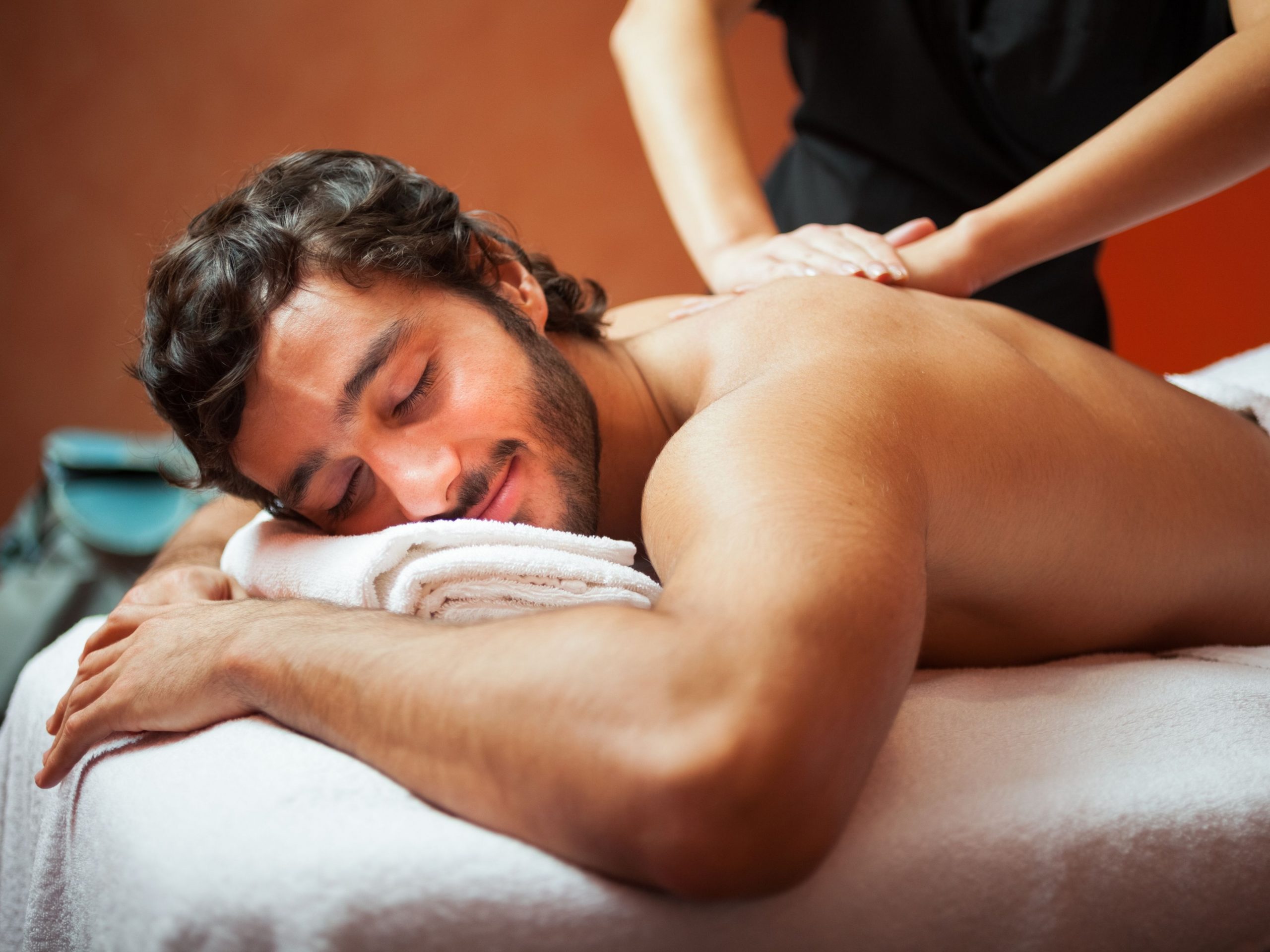MLD vs other Massage styles
Have you ever tried MLD or other massage styles? Many of us, at some point, thought that they were exactly the same thing, but actually they are totally different.
Manual Lymphatic Drainage(MLD) and massage therapy are treatment modalities, both techniques require your therapist to use her/his hands. Both are focused to make you feel better and recover faster. However, they are not the same.
A traditional massage is a different therapy altogether. Massage works the muscle while MLD focuses on the lymph vessels to help the flow of the lymphatic fluid.
At the Clinic, we suggest to our patients what fits the most according to their needs. Today, we want to share with you the differences between these treatments, so you can choose what is best for your condition.
Let´s start.
Purpose
Manual Lymphatic Drainage (MLD) is a technique developed by Dr. Vodders and his wife for the treatment of swollen lymph nodes.
MLD is a light, skin – stretching treatment that helps to move lymphatic fluid from a swollen area towards the near lymph node. The drainage helps to reduce pain and the light pressure is soothing and sedative too.
Its main purposes are:
- Drain excess fluids and toxins out of the body.
- Reduce swelling and inflammation.
- Improve lymph and blood flow.
- Help to eliminate toxin.
- Speed up recovery from cosmetic surgery.
Massage works on soft tissues ( muscles, tendons, fascia) Its main purposes are:
- Normalise the state of soft tissues.
- Improve circulation.
- Reduce muscular tension or restriction.
- Improve range of movement.
- Speed up recovery from injuries.
- It affects the nervous system through stimulation or sedation, allowing relaxation.
- Enhance tissue healing.
- Reduce stress levels.
- Improve sleep.
Technique
MLD uses Pumping, Scooping and low-pressure movements and does not require the use of oils or creams. The movements are performed in the direction of the lymph flow, towards the main lymph node where the fluid can be absorbed, filtered and returned to the bloodstream. MLD is composed of four main strokes:
- stationary circles
- scoop technique
- pump technique
- rotary technique
On the other hand, Massage treatment uses different manual techniques that include applying fixed or movable pressure, holding, and causing movement to parts of your body. Most of the time, your therapist will use his hands, but he/she may sometimes use his forearms or elbows.
Hand movement
In Manual Lymphatic Drainage the movement of the hands is passive and repetitive and uses mainly the fingers. They will be soft and flaccid. The hands movement are always in one direction.
Massages require active hands, moving fingers and stiff wrists, holding, stretching, compressing etc.
Action area
Manual Lymphatic Drainage acts on the lymphatic circulation (vessels and nodes).
Massage can act on different parts of the body, such as muscles, tendon, fascia bones, joints, etc.
Influenced systems
Massages can influence the central nervous system, stimulating, energizing, sedating and relaxing.
MLD has an action on the parasympathetic, so its action is vagotonic (bradycardia, decreased heart output, and faintness).
Pain
Some massage techniques, such as acupressure, Deep friction, STR, trigger points can cause discomfort when performed and of course check with your therapists. MLD should not cause any pain as the nature of the techniques are zero pressure . The sensation must be pleasant and not cause discomfort, if so, the session must be interrupted immediately.
Temperature
Traditional massages cause hyperemia (increased amount of blood in the vessels of an organ or tissue in the body) and hyperthermia (overheating of the body), while MLD should make the tissue pale and cool. The increase in temperature or redness in the skin indicates that the circulation has increased, which is contrary to the intention of draining.
Rhythm
The rhythm in MLD is monotonous and slow (as is the lymphatic circulation) If you compare it with the speed of the blood, you may conclude that every movement of your therapist must be very slow and have the same direction in which the lymph is transported within the lymphatic vessels.
On the other hand, a massage can have different rhythms (fast or slow) and they can change according to your needs and the effect to be achieved.
Products used during the session
Massages, in general, require substances that allow the hand to glide over the skin (oils or creams).
In MLD, the hands must rest on the tissue and only push the skin in the direction of the drainage channels, without sliding them. For this reason it is always recommended to apply DLM with clean hands, without creams or oils.
A final word
As a conclusion, both MLD and massage therapy are beneficial treatments. Discuss with our therapist which treatment will give you the best results according to your needs.
We hope this information is useful for you. If you need advice or have any questions about our treatments, please contact us. You can find us in Mill Hill Broadway and Islington. We are always happy to help. If you like this blog, please share!
References
http://www.estheticnews.com/nota.php?idespecialidad=31¬a=338
https://www.scribd.com/document/398908847/Diferencia-Entre-Masaje-y-Drenaje-Linfatico
http://www.healthofchildren.com/M/Massage-Therapy.html
http://www.healthofchildren.com/M/Massage-Therapy.html#ixzz70uI608Sj



